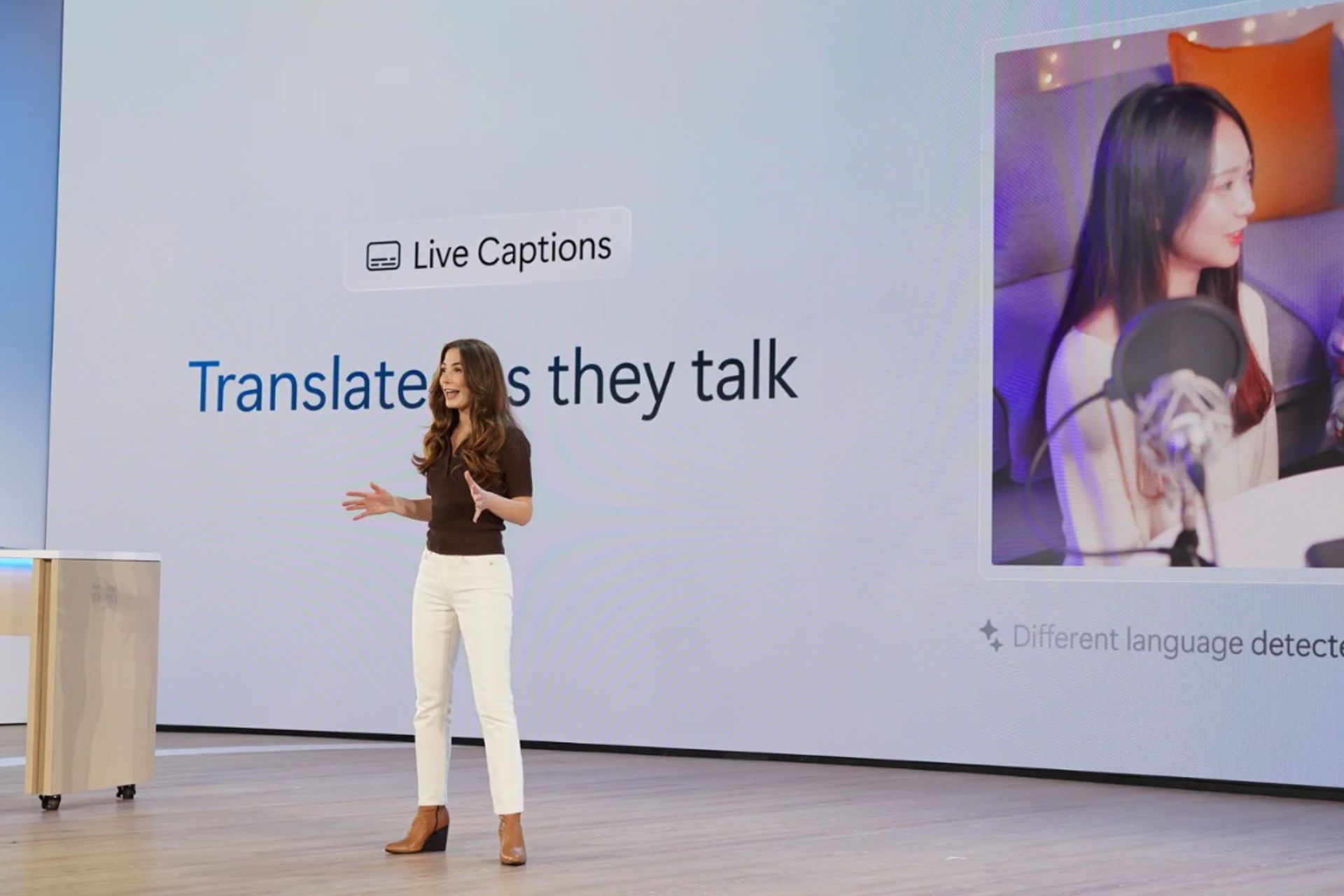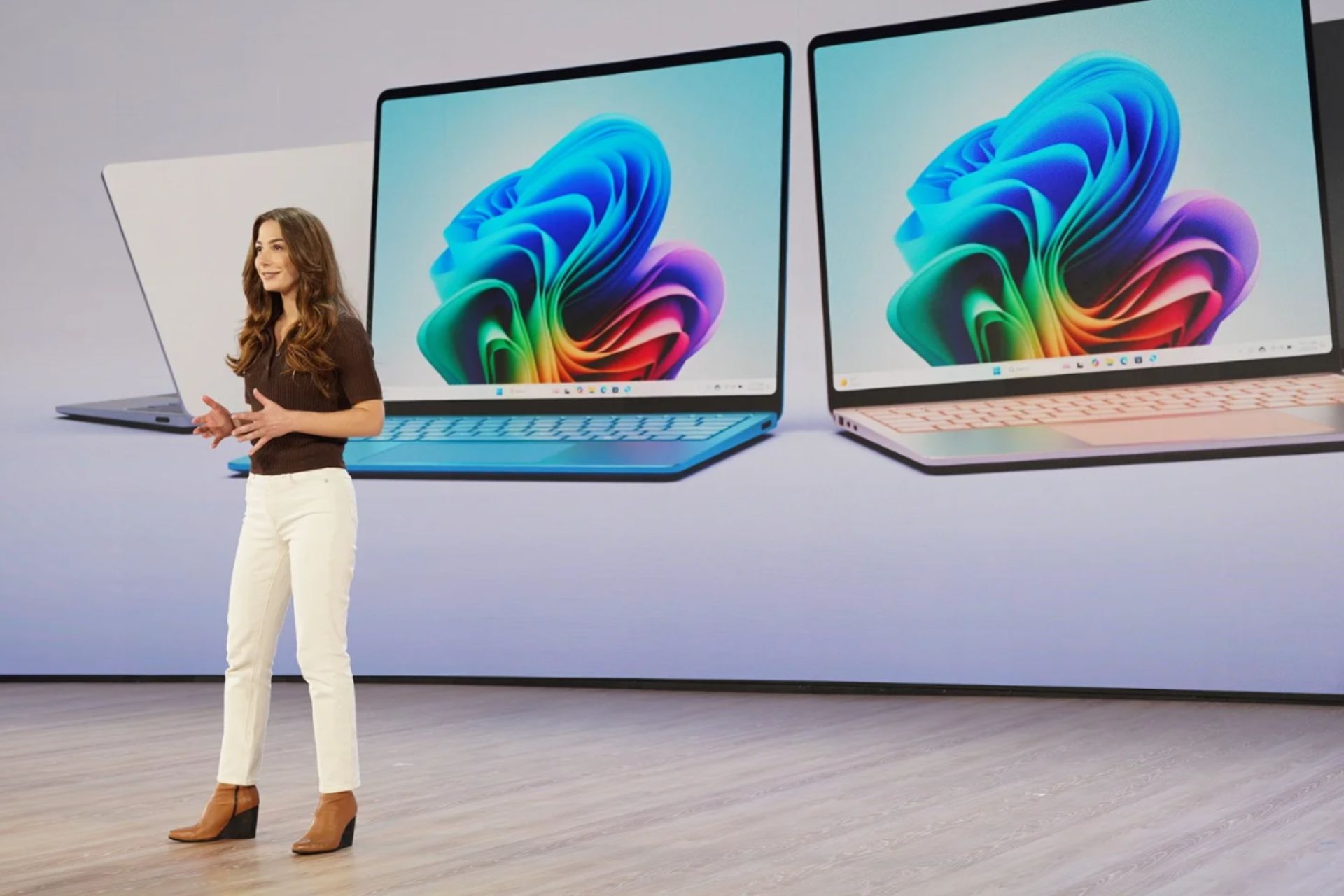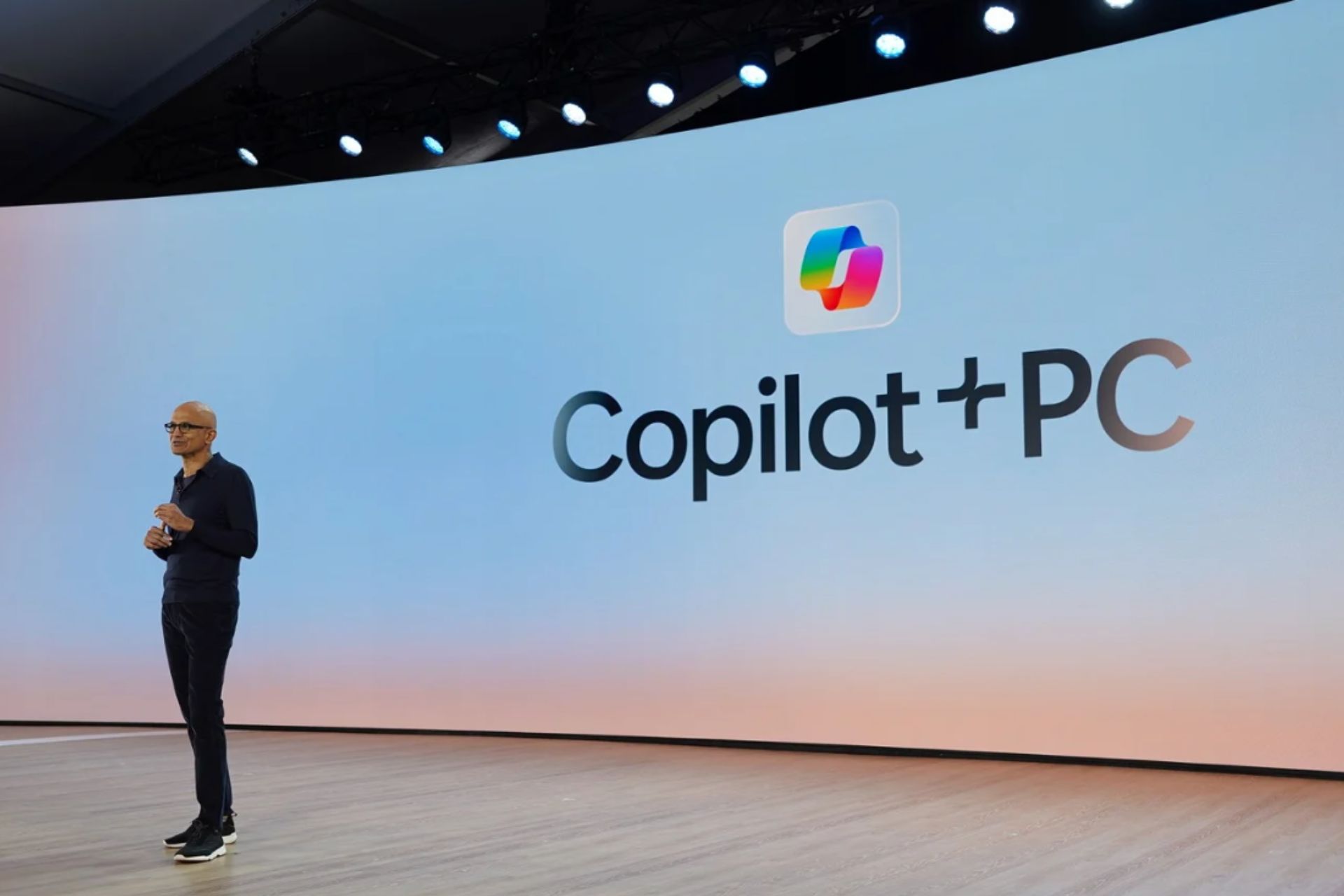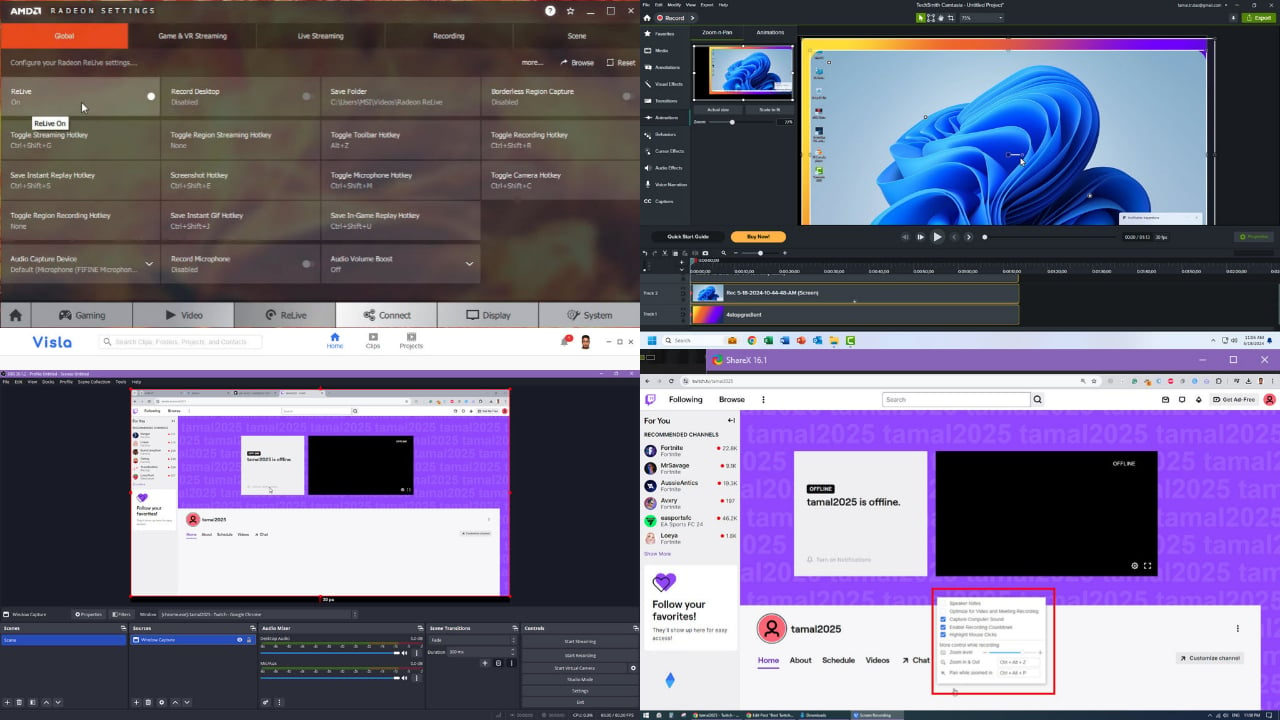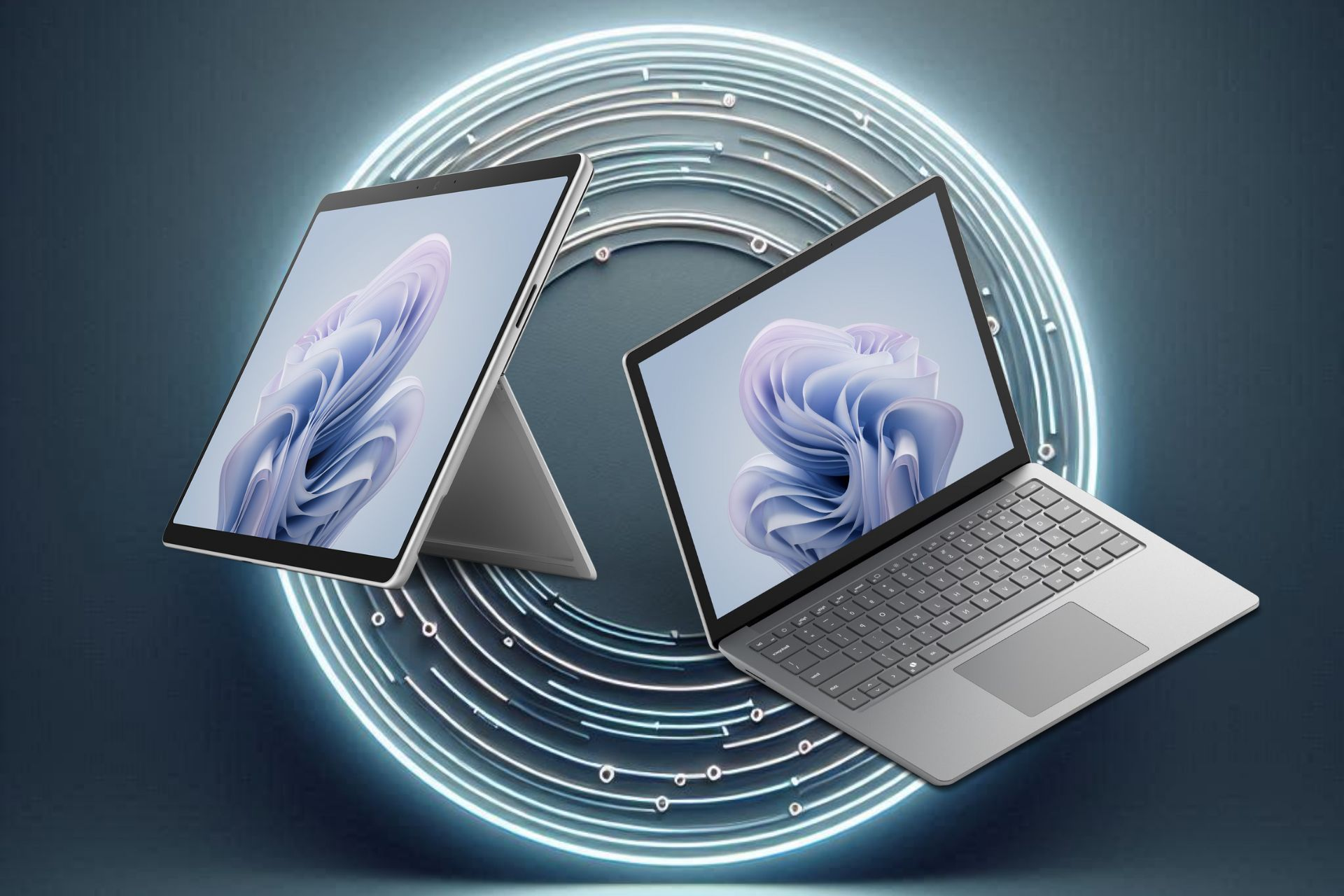Steven Bathiche and the bleeding-edge tech he’s inventing for Microsoft
3 min. read
Published on
Read our disclosure page to find out how can you help Windows Report sustain the editorial team Read more
Steven Bathiche is a designer/scientist at Microsoft’s Applied Sciences Group, born in Lebanon to Palestinian refugee parents, he was one of the inspirations behind the original Microsoft Surface (now called PixelSense). At elementary school, a young Bathiche had built a Van de Graaff generator using salad bowl domes, and by the time he was 20, he had come up with a cockroach-powered vehicle. Today, Bathiche has 60 patents under his name, so he’s certainly taken to inventing.
His passion is in bioengineering and how technology can complement biology in ways that can improve our way of living. He thought of ways to invent a wheelchair that can be controlled without any muscle input from its users, and ways to eliminate the “fourth wall” that stands between the actual world and the digital world.
Along with Panos Panay, vice president for Surface at Microsoft, Bathiche strived to knock down the fourth wall. You only have to look back a few years to see evidence of that; if you remember the way Microsoft pitched the first Surface RT, you may recall how they designed it so that the “technology just fades to the back” in order for it to become a “device that is a stage for Windows”. As the range of Surface devices progresses, we’ll see more of this philosophy come to light.
“Stevie’s vision of breaking down the fourth wall is something he’s been striving for forever,” said Panay. “Microsoft will enable it. And we’ve only seen the tip of it”.
At the Applied Sciences Group lab, Gathiche and his team of engineers work hard to destroy the barriers between man and machine. Where the walls are lined with computer and screens and next-generation computing technology sit within the aisles. There’s screen that allows two people to watch different programs at the same time, or play videogames against each other that could become the next Microsoft TV. And a “magic window” that is designed to connect people from different locations as authentically as possible that could be the future of Skype in the next 5-10 years as the technology matures and the industry is ready to accept it.
“Imagine in your home you have this one wall dedicated to teleportation. It’s not really teleportation; it’s a window to another world. You can actually trick your brain into thinking you’re looking behind the wall. We want to digitally connect people as if they’re in the same room” says Bathiche.
The image above is of a device fitted with a range of sensors that allows a user to manipulate objects on the screen simply by reaching back and grabbing it. Interacting with technology cannot get more intuitive than that, besides perhaps a computer that can read your mind and carry out your thoughts.
We encourage you to head over to the VIA link below and read Bathiche’s story in its entirety, you’ll come to realize that great things are cooking within Microsoft’s Applied Sciences Group lab and it’s only a matter of time until the tech they’re working on gets commercialized.





